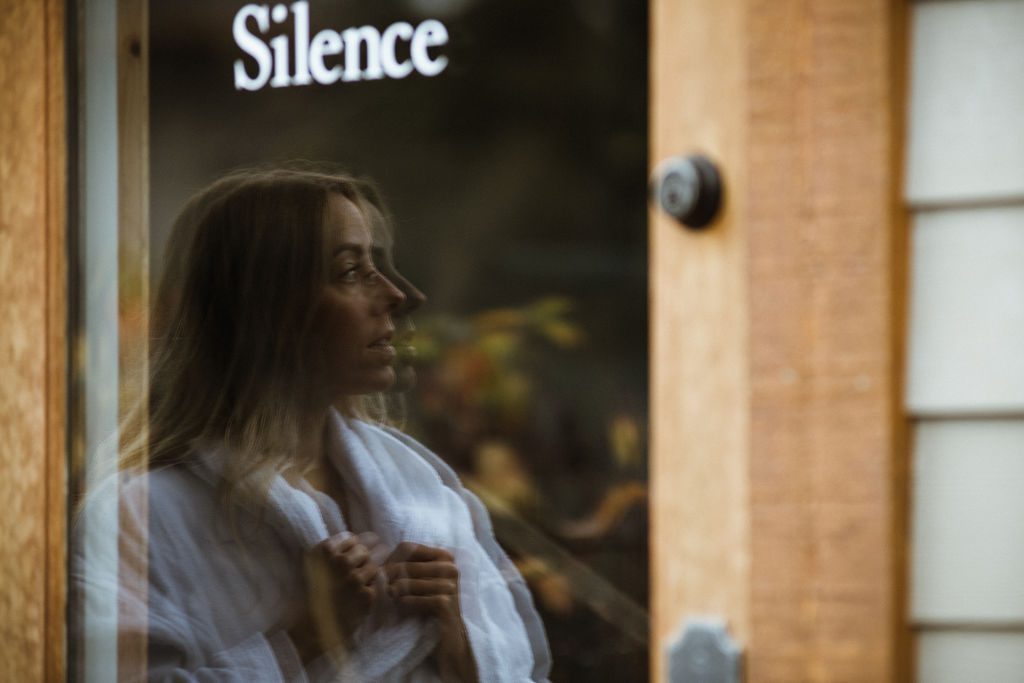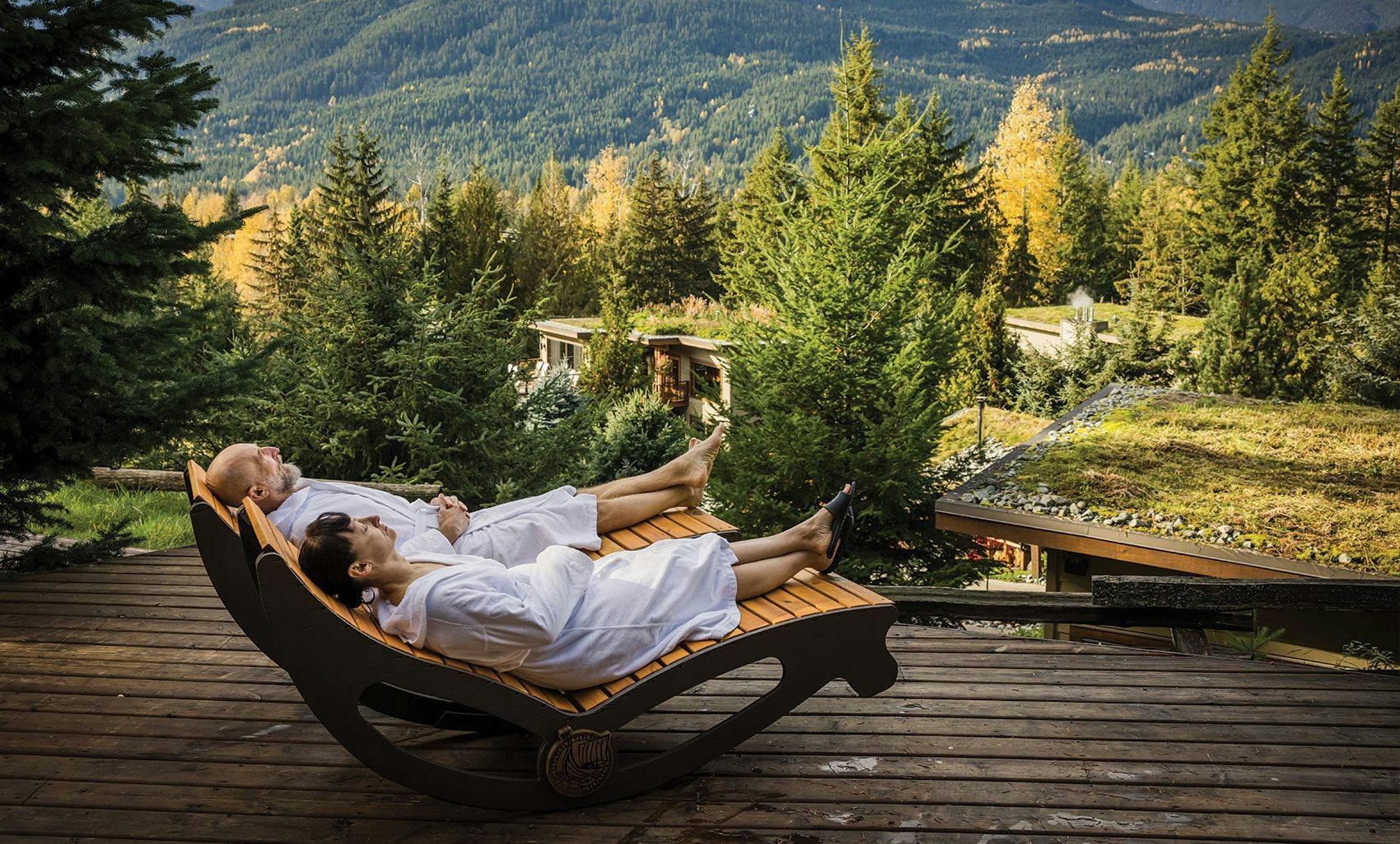Forest Bathing
A therapy derived from the Japanese practice, “Shinrin Yoku”, which translates to “Forest Bathing”.
Living in British Columbia, we are blessed to have an abundance of nature around us. We are in a playground for nature and forest therapy.
The reality is, most people don’t spend much time in nature, and when we do, we are not present. We are usually distracted in ways that prevent us from forming a meaningful relationship with the nature surrounding us.
What makes forest therapy or forest bathing different than our regular walks or hikes in the forest, is presence. Mindfulness is the practice of being in the present moment with intention, without judging. Forest therapy involves noticing and sensing things rather than judging or evaluating. When we are fully present, we can develop an intimate relationship with nature, we feel a deep inner knowing that we are a part of nature, not separate from it.
There is now a large amount of research that soundly demonstrates what we have felt and known intuitively, that time in nature is good for us, on many levels. One study showed that forest therapy reduces cortisol, a stress hormone. Another study found that forest therapy had a positive impact on blood pressure and adiponectin, a protein that helps regulate blood sugar levels.
https://www.instagram.com/p/B5bBbWGnaaQ/
Forest therapy seems to significantly reduce stress, and excess stress can play a role in anxiety, headaches, high blood pressure, heart problems, diabetes, skin conditions, asthma, arthritis, among many other life-threatening ailments. Forest therapy seems to be a beautiful bridge between science and spirituality.

It doesn’t just bring us into connection with nature, it also brings us into deep connection to ourselves, our intuition, and other humans in wonderful ways. Guided forest therapy walks help us move into our bodies, our senses, and our connection to nature, it is a full sensory experience that helps us to lean away from our regular task-filled lives, and away from our devices for awhile. In doing this with a group, we develop a sense of community and connection with each other as well.
To try this for yourself, find a forest near you. It could be a forested area in your neighbourhood, a local conservation area, or a nearby provincial park.
Follow a trail into the forest. Once you are completely surrounded by nature stop, close your eyes, and engage your senses. Notice the smell of the earth, the sound of the birds, and the air moving across your skin.
You can choose just one sense to enhance as well, for example, just using your sense of hearing. Listen to what sound is closest to you, what sound is furthest away, what sound is the most inviting, and allow yourself to stay in that presence for as long as possible.
https://www.instagram.com/p/B4utTHxApnC/
Forest therapy is a practice of slowing down. It invites us to go into nature, notice our senses, our surroundings, and our place as a moving, breathing part of the natural world. When we incorporate this practice, we can live more mindful & peaceful lives, build an intimate relationship with ourselves, and to the natural world around us. In doing this, we can build a connection that will help the world to heal, and I believe, there is no better time than now.
Forest love and tree hugs,
Amber Vandermeer – Certified Forest Therapy Guide
You can learn more about how to integrate forest bathing into your next visit to the Scandinave Whistler here – Healed by nature. The benefits of adding forest bathing to your visit.
